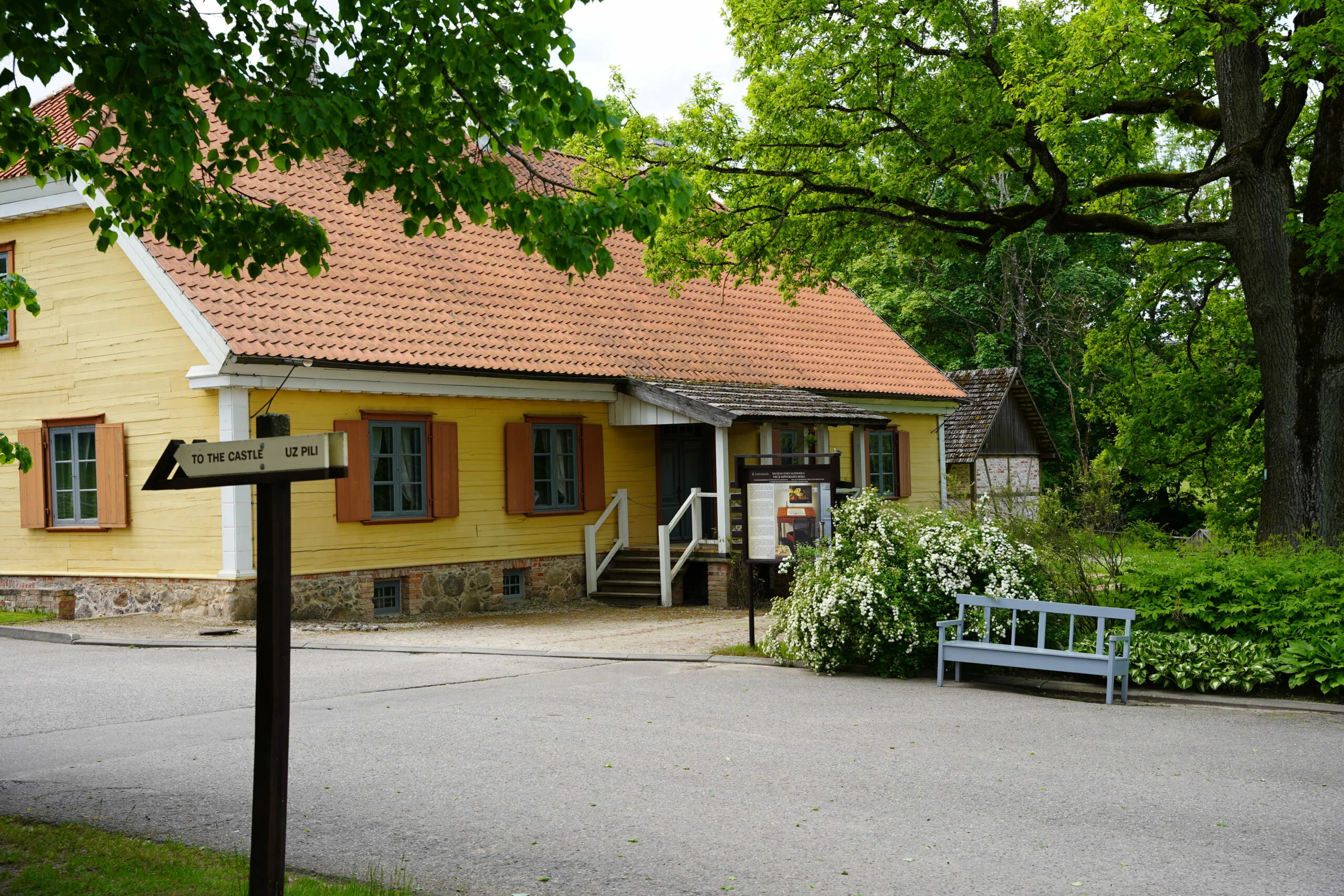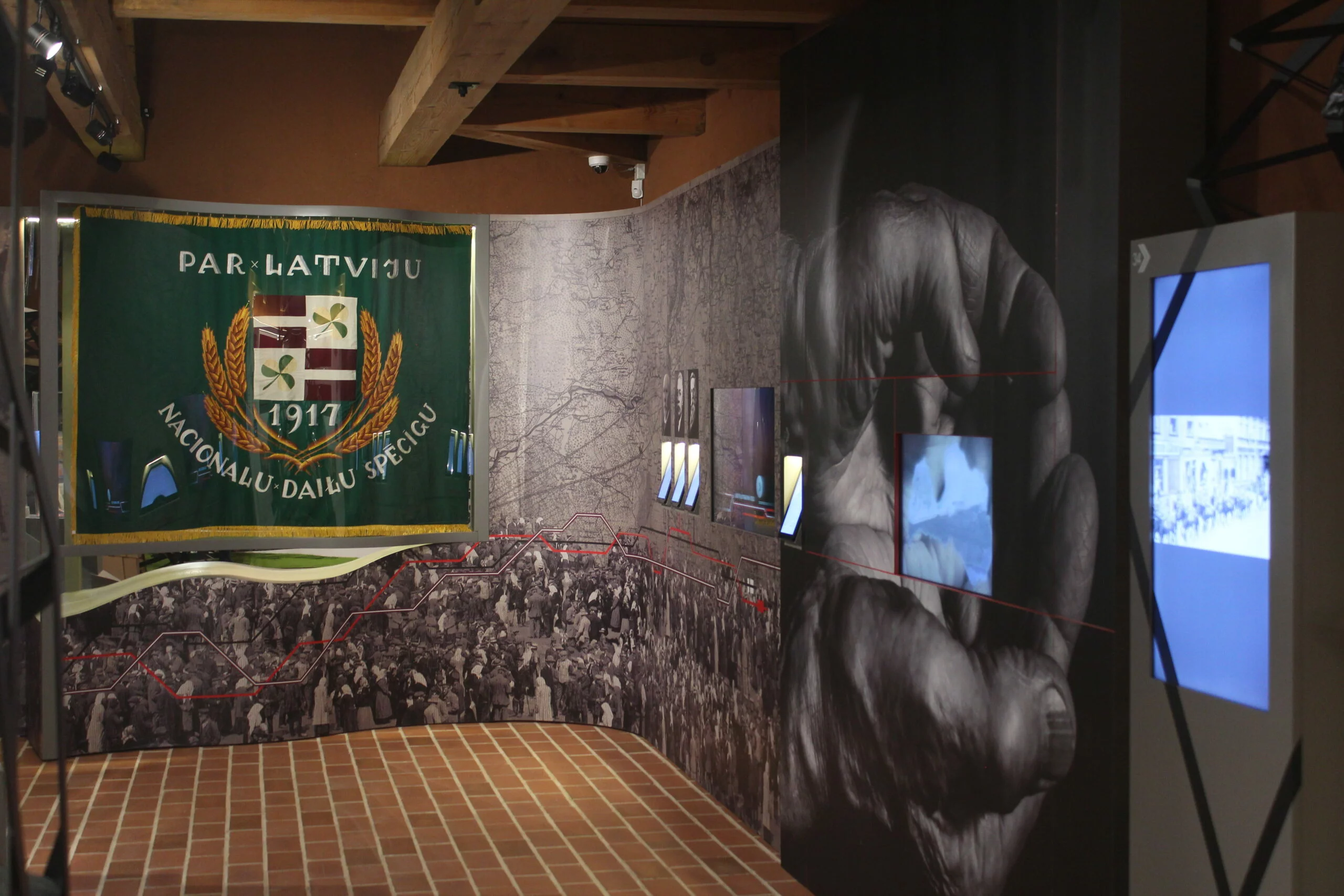
On the Way to the State of Latvia. Corvée-peasant. Independent Farmer. Citizen
The exhibition in the House of Corvée-peasants of the Turaida Estate “On the Way to the State of Latvia. Corvée-peasant. Independent Farmer. Citizen” reflects the developments of the 19th century and early 29th century in the territory of Latvia, mainly in Vidzeme. The way from the corvée-peasant to the citizen of the Republic of Latvia spans several generations.
Exhibitions inside Turaida estate buildings
The origin of estates in Latvia dates back to the time when the first stone castles were built in Livonia and the first cloisters were established, and they needed revenues. So-called castle districts were established around the castle of the archbishop in Turaida and around all of Livonia’s important castles. The point to these was to collect fees. The Turaida Castle was a fortress, but also an economic centre at which the fees were collected and stored. The Turaida Estate gradually developed from the castle’s operations.
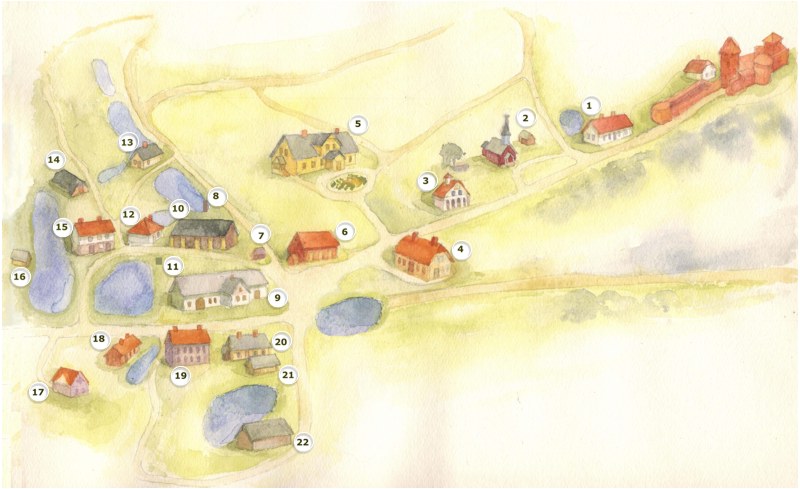
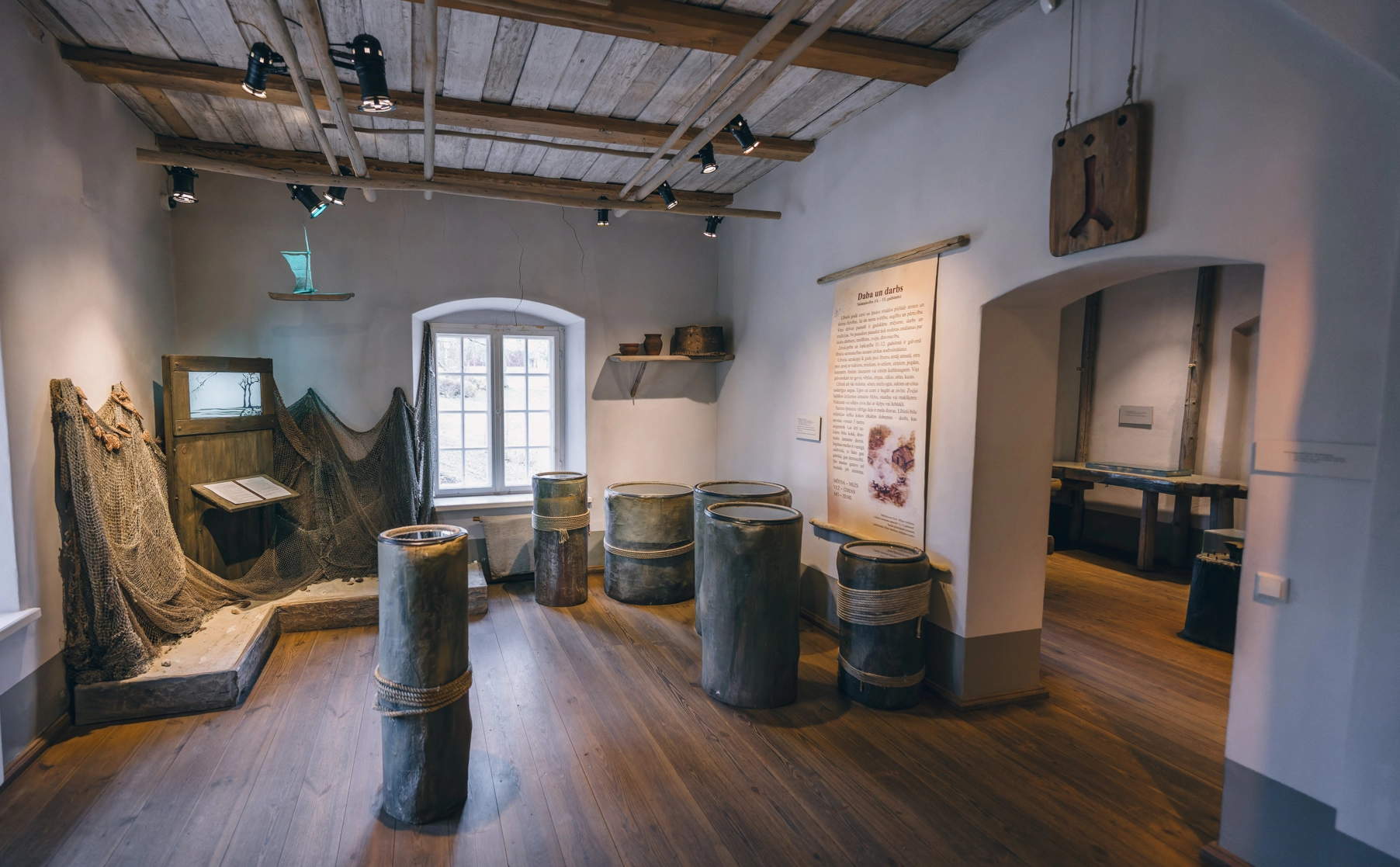
The Livs of the Gauja in Latvia’s Cultural History
The Turaida Museum Reserve is in the central part of the territory that was governed by the Livs of Turaida in ancient times. The exhibition “The Livs of the Gauja in Latvia’s Cultural History” speaks to the culture of the Liv people who populated the area around the Gauja between the 11th and 13th century in the area of Turaida. Visitors will learn about the everyday lives of the Livs, as well as about their mythical ideas which were closely linked to their surrounding world of nature.
The stone castle of Turaida
Building of Turaida Castle was started in 1214 at the command of Albert, the Bishop of Riga, on the site, where previously was located the wooden stronghold of the Livs. In the Middle Ages Turaida Castle was one of the Archbishop`s castles of economic importance, the centre of bailiwick, the residence of district`s administrator and military fortification.
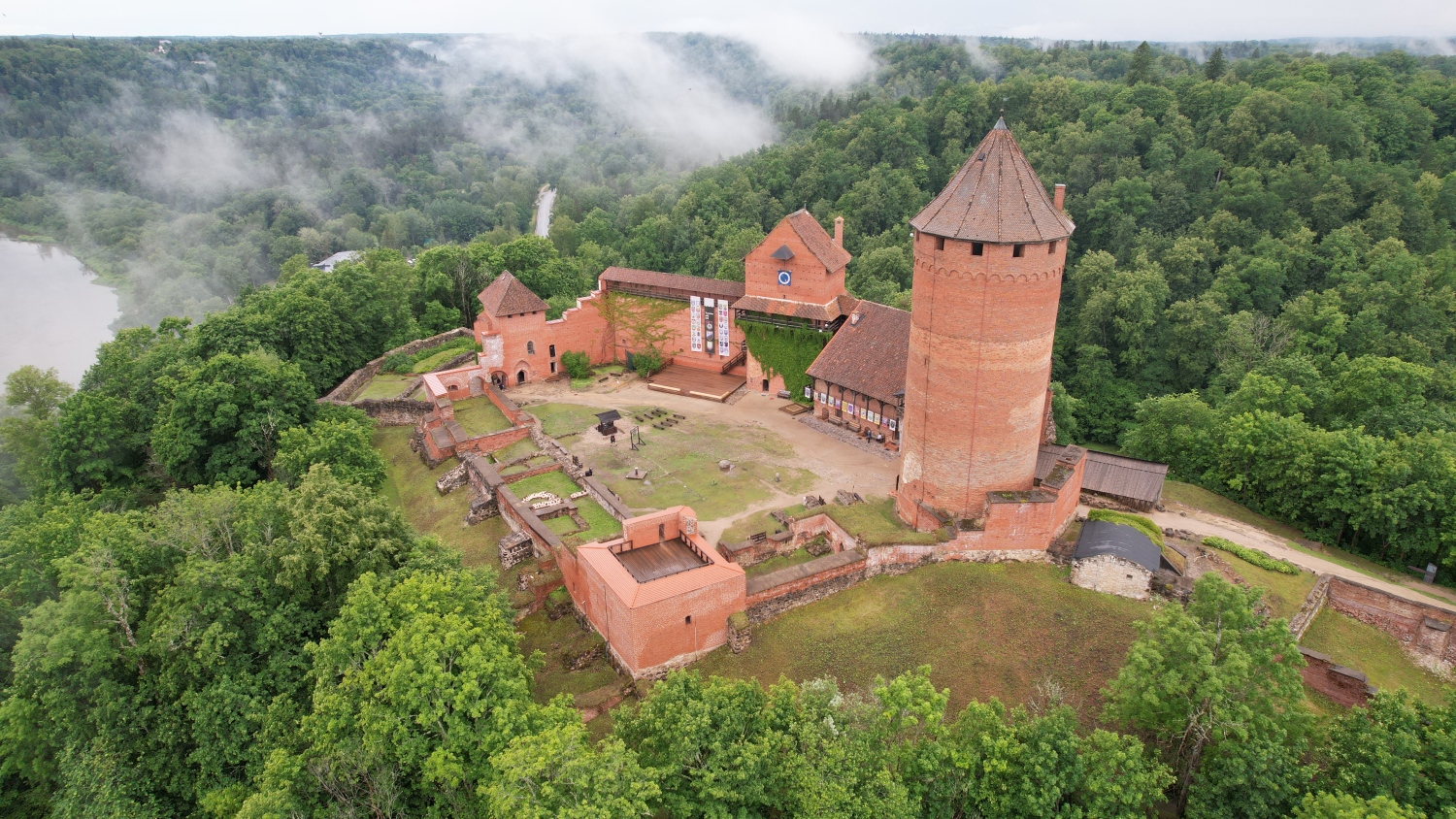
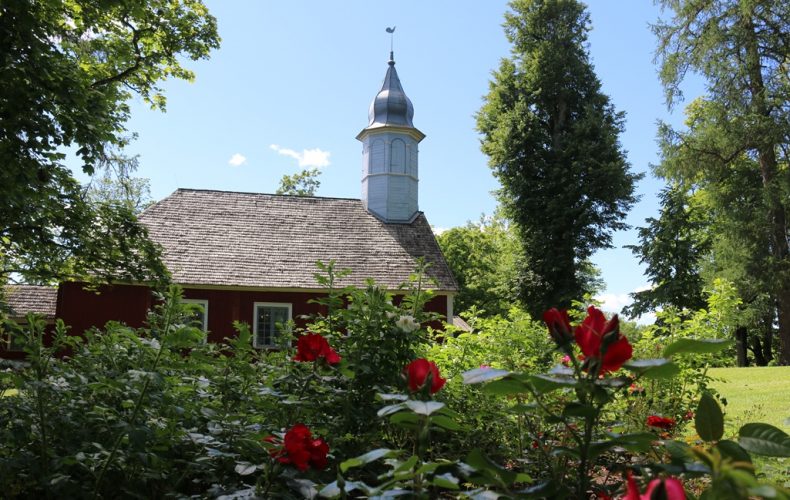
The Turaida church
The Turaida church and its contents are a part of Latvia’s sacral cultural heritage. The church is typical of Lutheran houses of worship built in Vidzeme during the mid-19th century. The church has an altar with a little fence around it, a pulpit, a balustrade to separate the altar space from the rest of the interior, as well as pews, some of which have existed since the time of the church’s construction. Altar paintings, candelabras, liturgical items and other objects have been collected since the very beginning, and each object has its specific place and use in church rituals.
The Old Residence of
the Governor of the Turaida Estate
As the economic operations of the Turaida Estate expanded, a house was built in the early 19th century (around 1810) for the governor of the estate and his servants. It was a log building with so-called smooth corner connections. The ridged room is covered with Dutch-type tiles. Entrances to the house were on the northern and southern side, and there were two vaulted cellars, as well.
